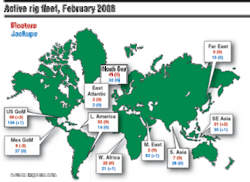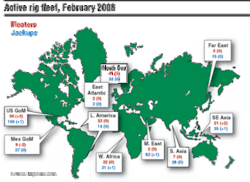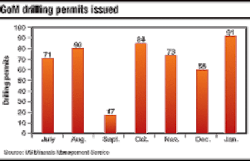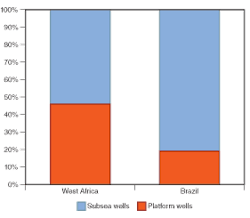Global Data
null
null
null
The differences between Brazil and West Africa in terms of dry and wet tree completions show just how important subsea developments are in the South American country.
This is a forward-looking comparison based on all prospects currently identified in Infield’s Offshore Energy Database; in reality the numbers may be somewhat lower. In terms of absolute numbers, West Africa has more subsea and fixed developments and reflects the high level of development activity expected over the next five years.
However, of all wells expected to come onstream during that period, 81% are expected to be subsea in Brazil, whereas the comparable figure for West Africa is 54%.
West Africa still has a significant number of developments on the drawing board. As the region matures and new reserves are sought and developed in deeper waters, it is expected that the ratio of subsea wells to those completed dry on platforms will increase.
Brazil, in contrast, is a more mature region and subsea development is expected to remain the preferred solution. This reflects the importance of exploration and development efforts in deeper waters, and still pertains despite the opening of the market to more international operators and with more fixed platforms expected to start up in the next few years.
Compared to other deepwater regions, Brazil could potentially reflect future trends for other regions as there are fewer prospects realized on the shelf, and exploration and development concentrates in deeper waters.
Dr. Roger Knight, Data Manager, Infield Systems Ltd.



